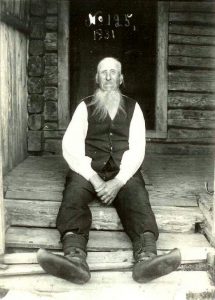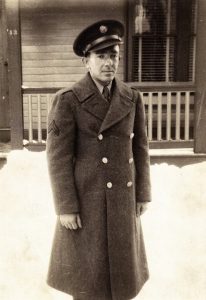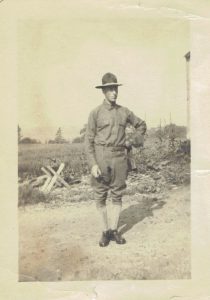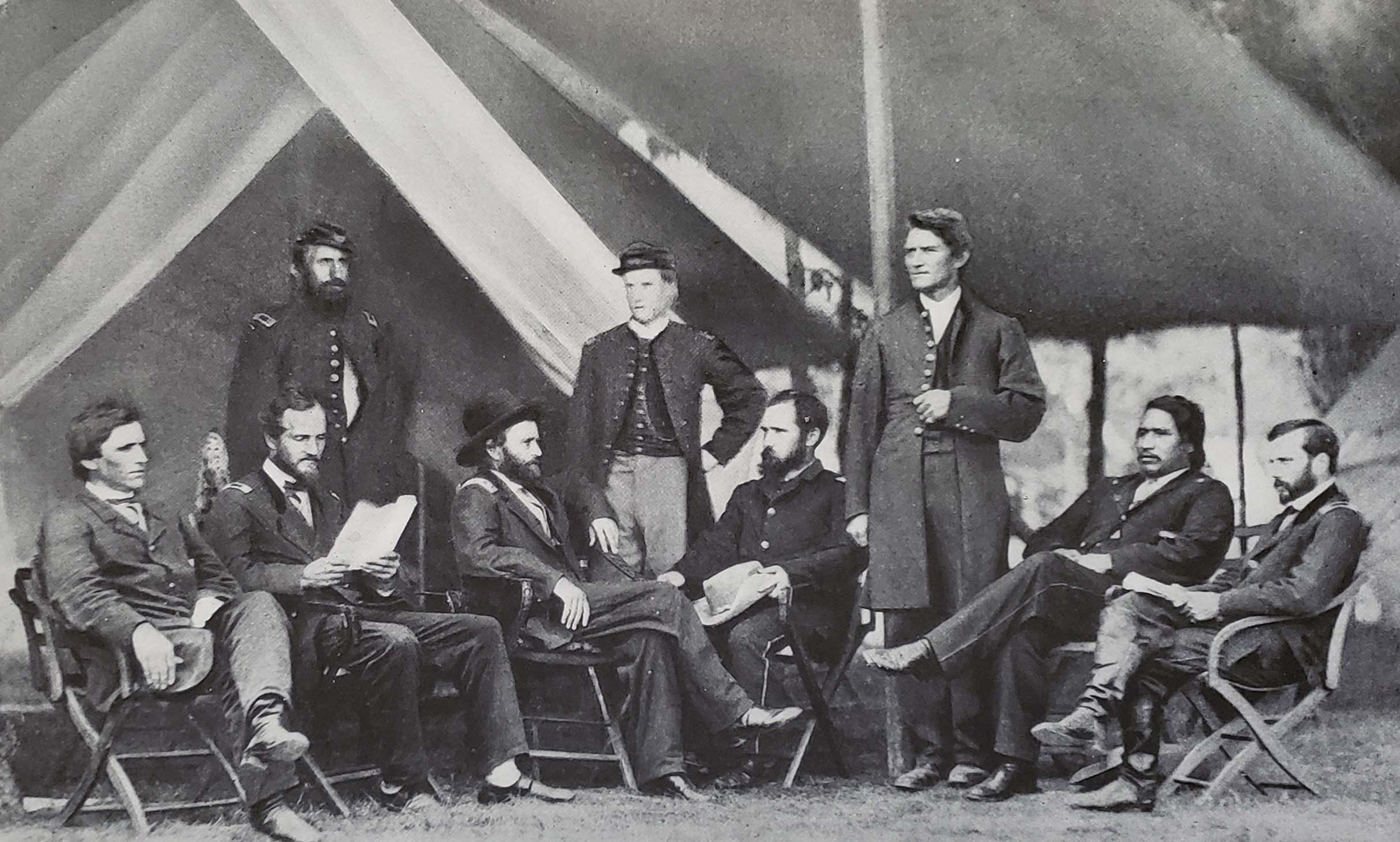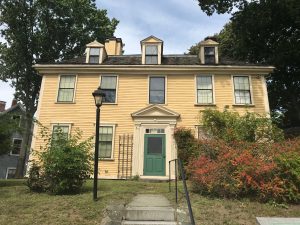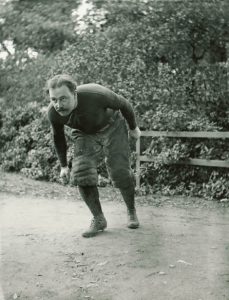
The 31 October edition of NEGHS’s Weekly Genealogist ran a quiz asking readers whether they had any ancestors who participated in organized sports as adults. It reminded me that this past Thanksgiving marks one hundred and twenty years since my great-grandfather first played in “The Big Game” between the University of California (Berkeley was its only campus at the time) and Stanford – this year’s game will be played tomorrow.
Fred Athearn played a variety of sports at Pomona College, and when he transferred to the University of California he was urged by both students and faculty to be part of their football team. Cal had never beaten Stanford, but they’d just hired a new coach from “Back East,” and hoped that this – plus new blood among the players – would yield better results. The stakes of this rivalry were now higher than ever, since U.S. Senator James D. Phalen had just offered to place a statue on the campus of whichever university won two successive games. Until that happened, the statue would remain on display in Golden Gate Park. Continue reading “Grandfather Mustache”


